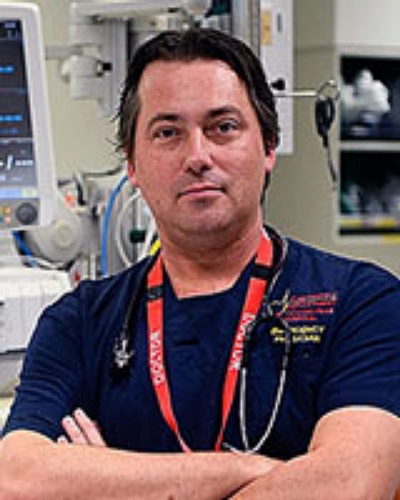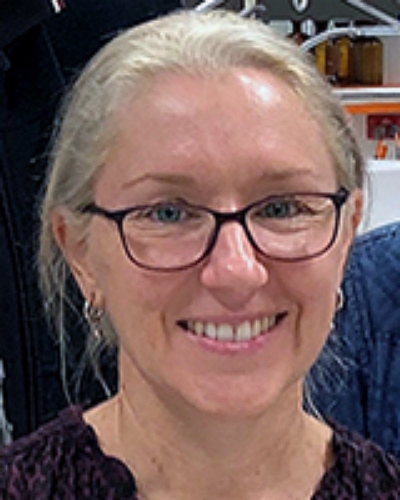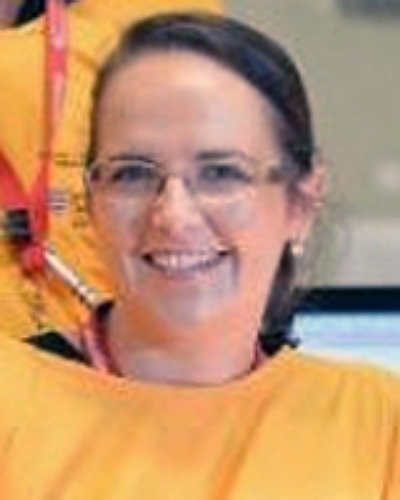Now published, see the full article 
Early Abstract:
In Australia, over half a million people are admitted to hospital every year as a result of injury, and where you live matters. Rural populations have disproportionately higher injury hospitalisation rates (1.5 to 2.5-fold), higher rates of preventable secondary complications, higher mortality rates (up to 5-fold), and higher costs (3-fold) than patients injured in major cities. These disparities scale up rapidly with increased remoteness, and shift the service needle from ‘scoop and run’ to ‘continuum-of-care’ . Poorer outcomes, however, are not solely due to longer retrieval distances or delays; but arise from inefficiencies in one or more potentially modifiable factors in the chain-of-survival. After discussing the burden of injury in Australia, we present a brief history of retrieval services in Queensland and discuss how remoteness requires a different kind of service delivery with many moving parts from point-of-injury to definitive care. We next address the ongoing challenges for the Australian Trauma Registry, and how centralisation of data from the metropolitan cities masks the inequities in rural and remote trauma. There is an urgent need for accurate data from all service providers around Australia to inform state and federal governments, and we highlight the paucity of trauma data analysis in North Queensland. Lastly, we identify some major gaps in treating rural and remote polytrauma and en-route patient stabilisation, and discuss the relevance of combat casualty care research and practices. We conclude that a greater emphasis should be placed on collecting more robust trauma patient records, as only accurate data will drive change.






